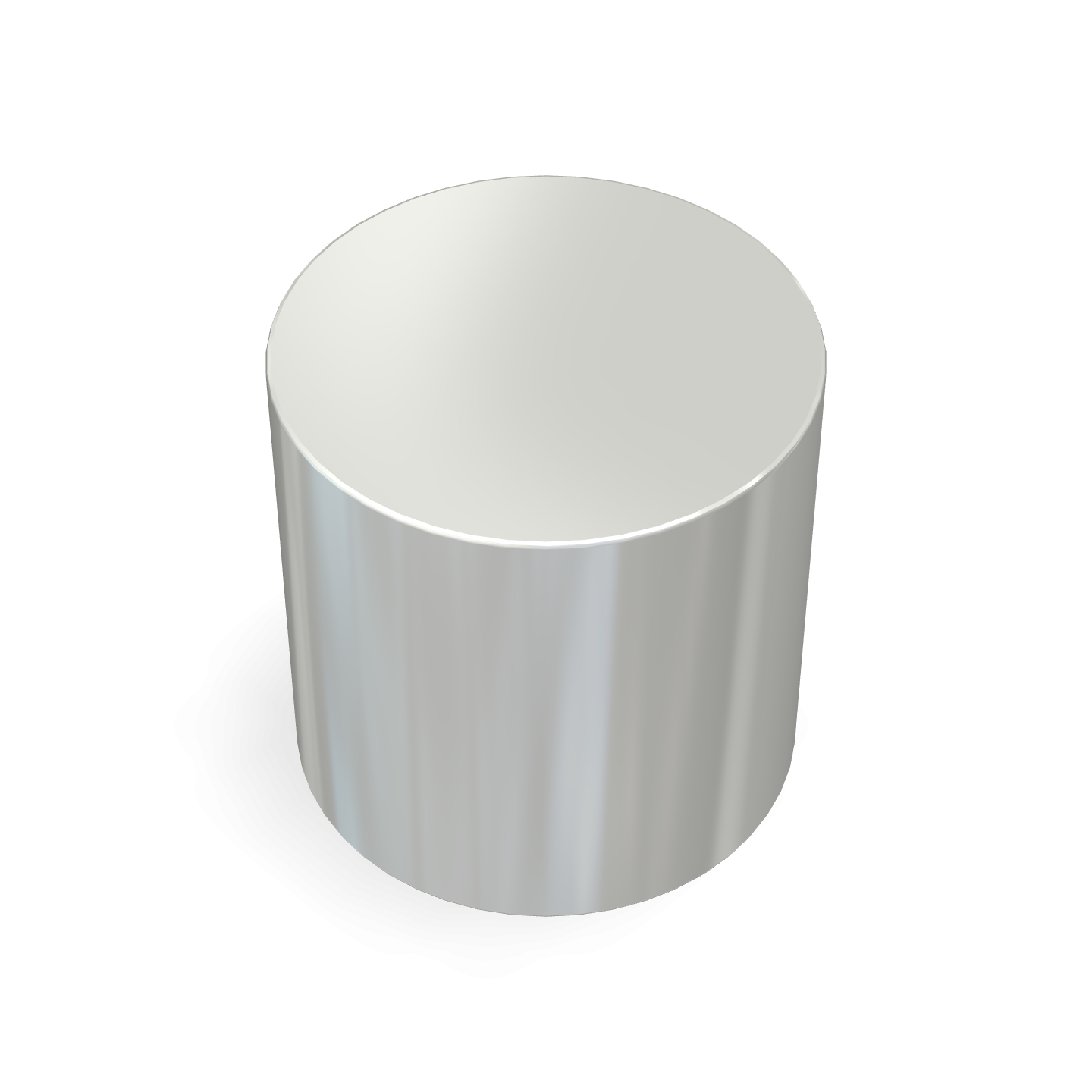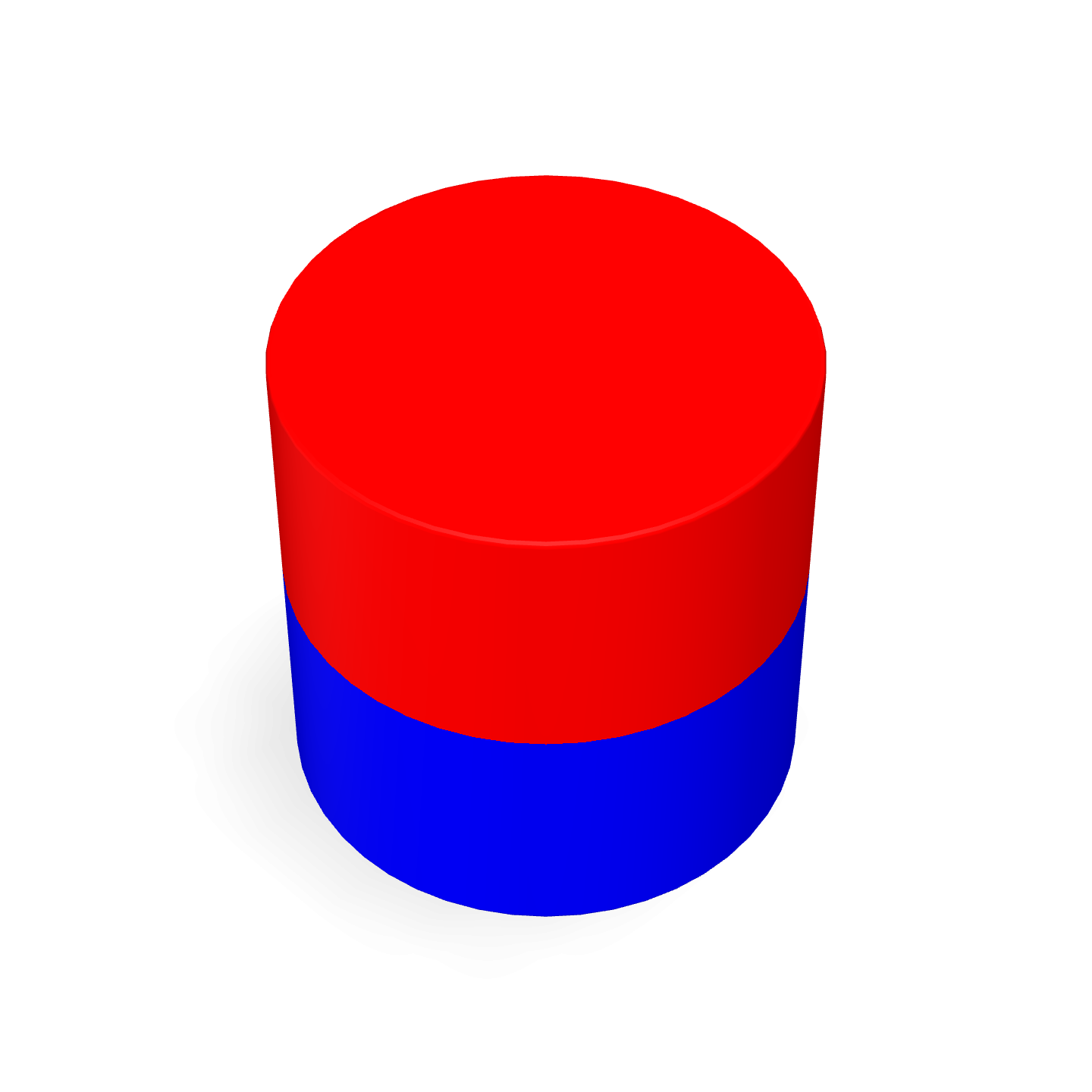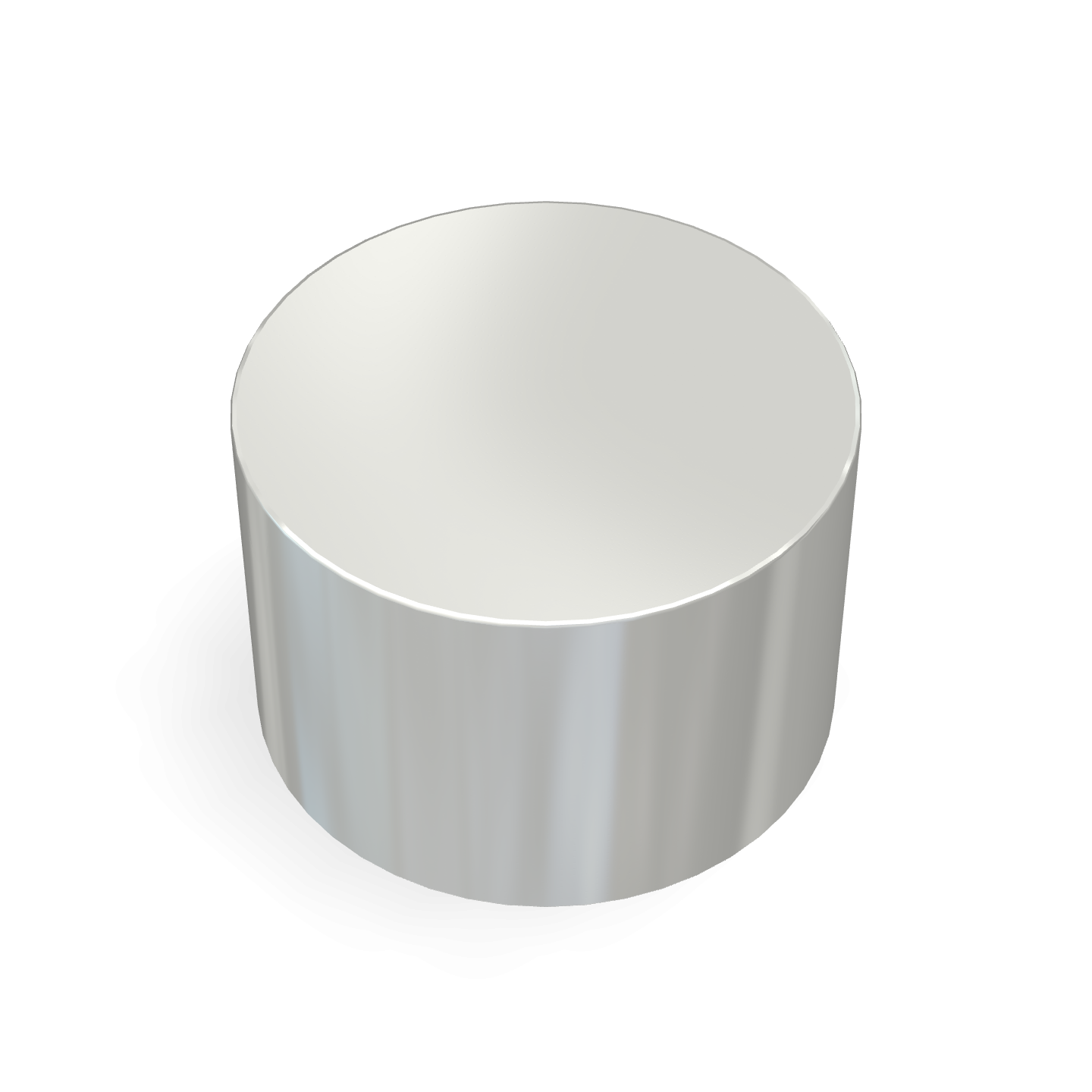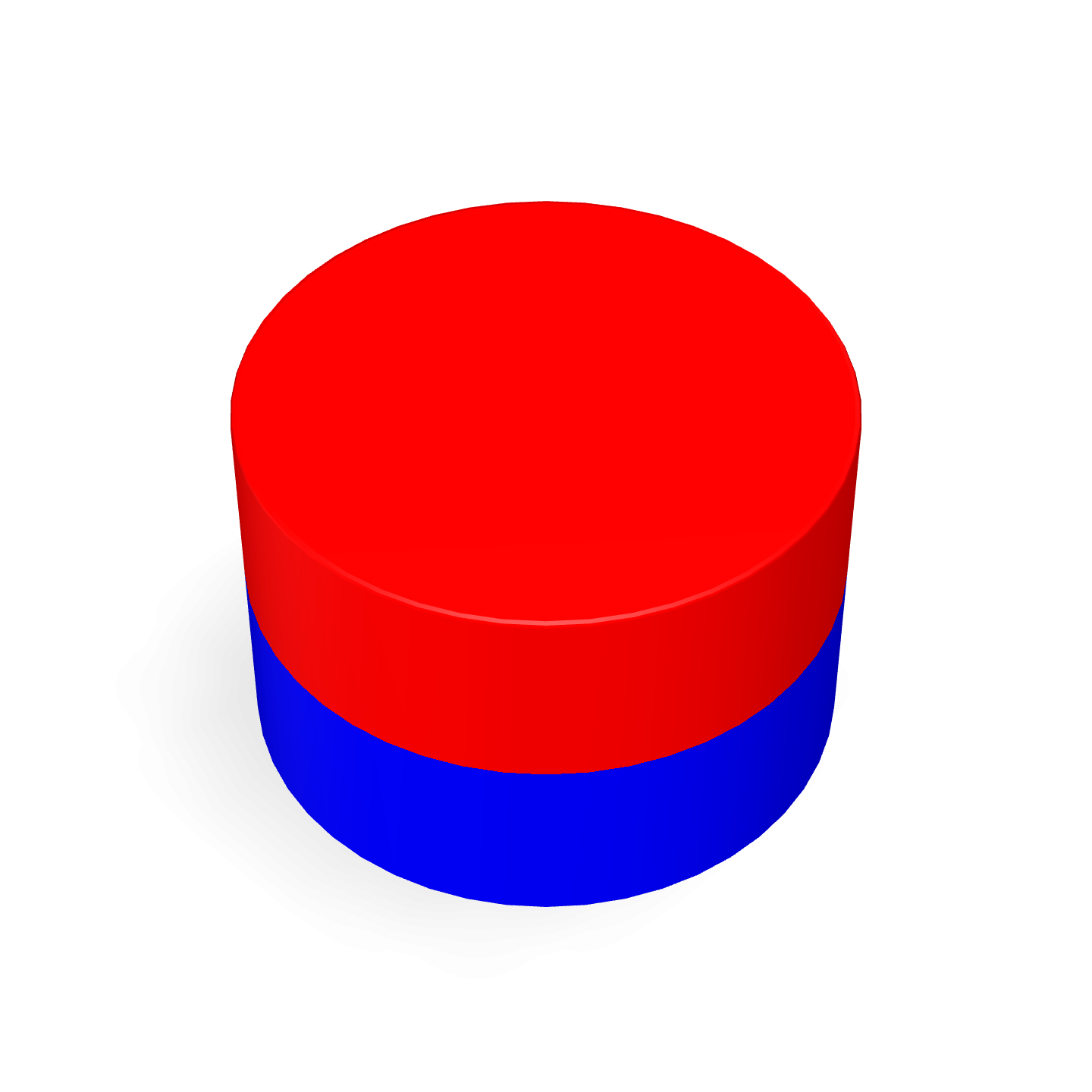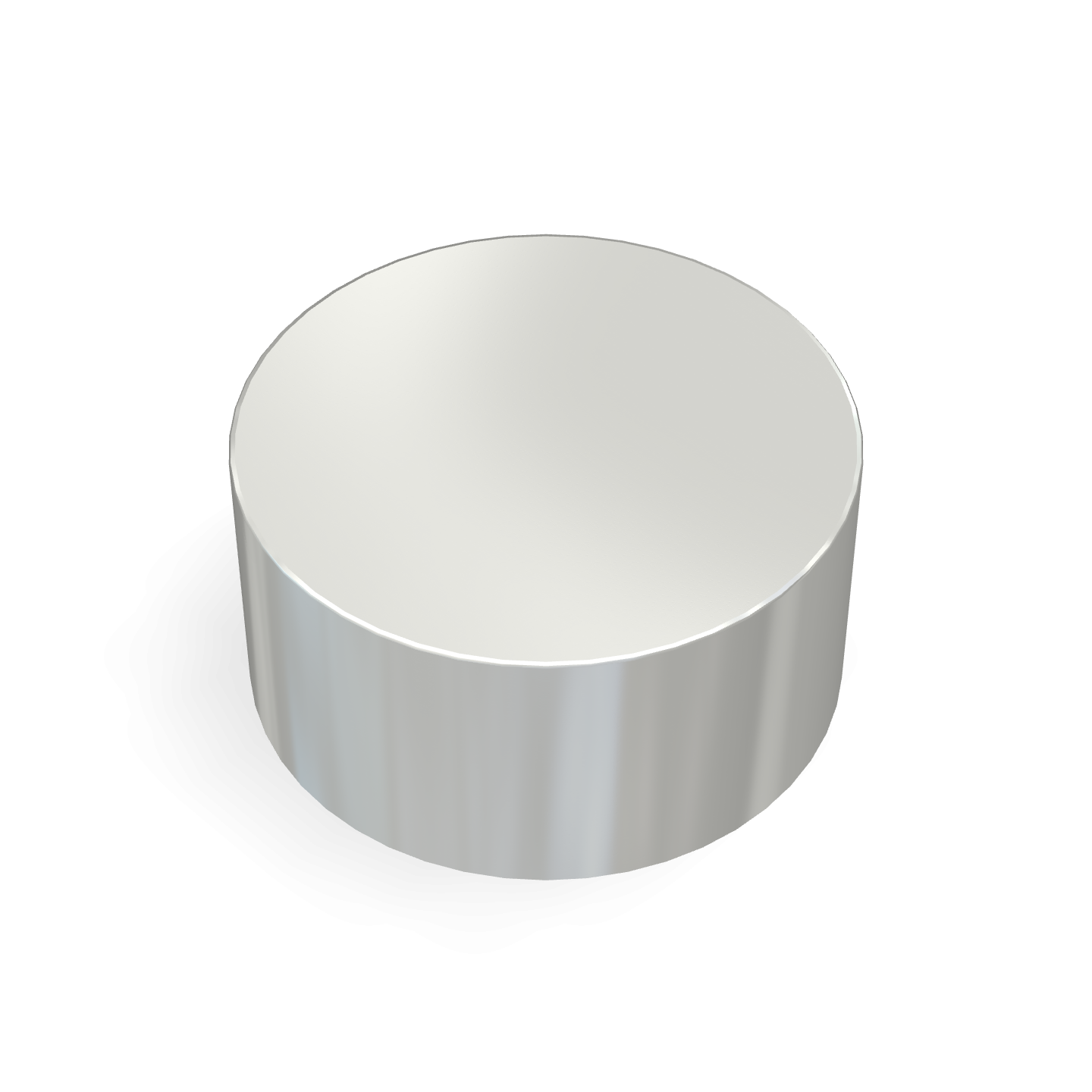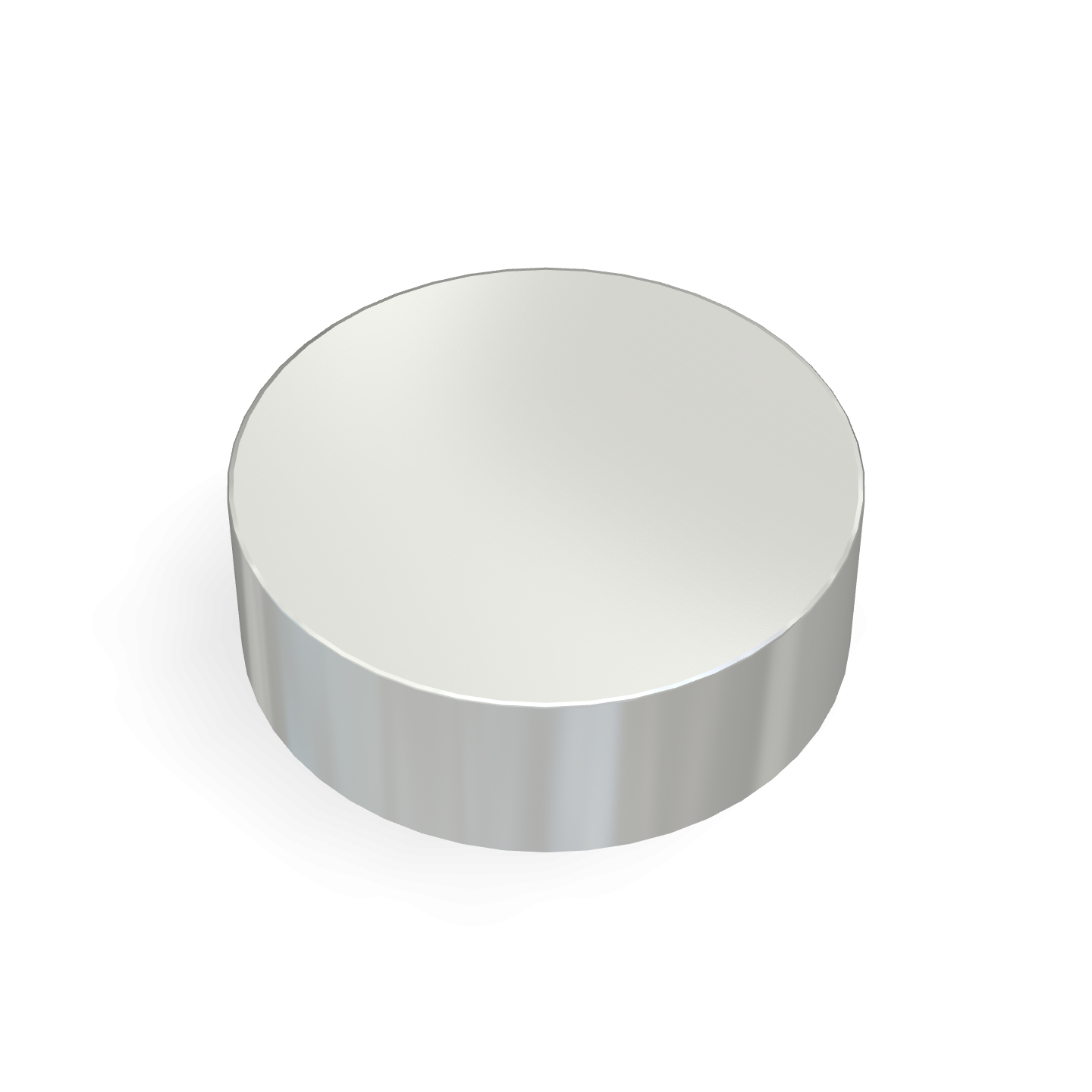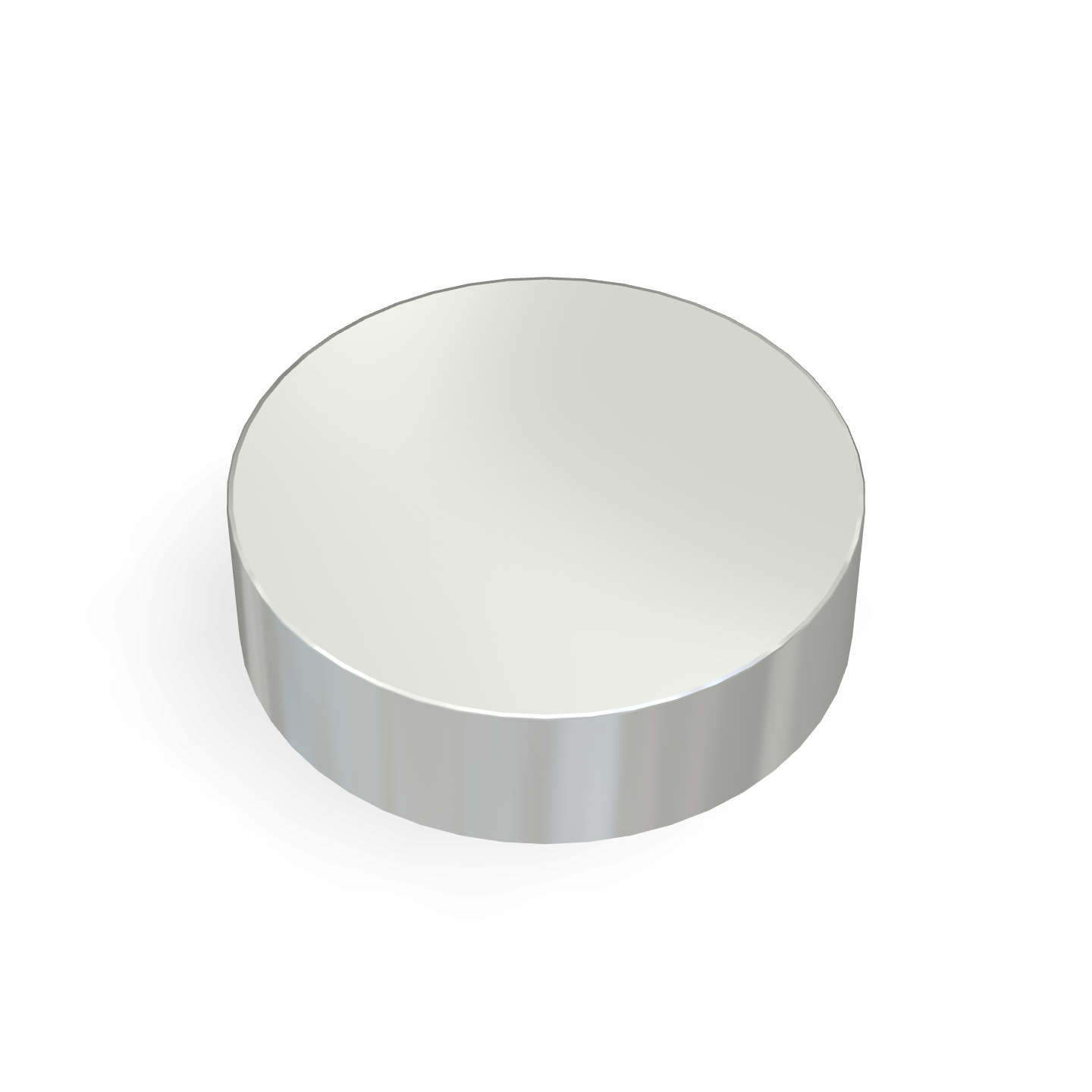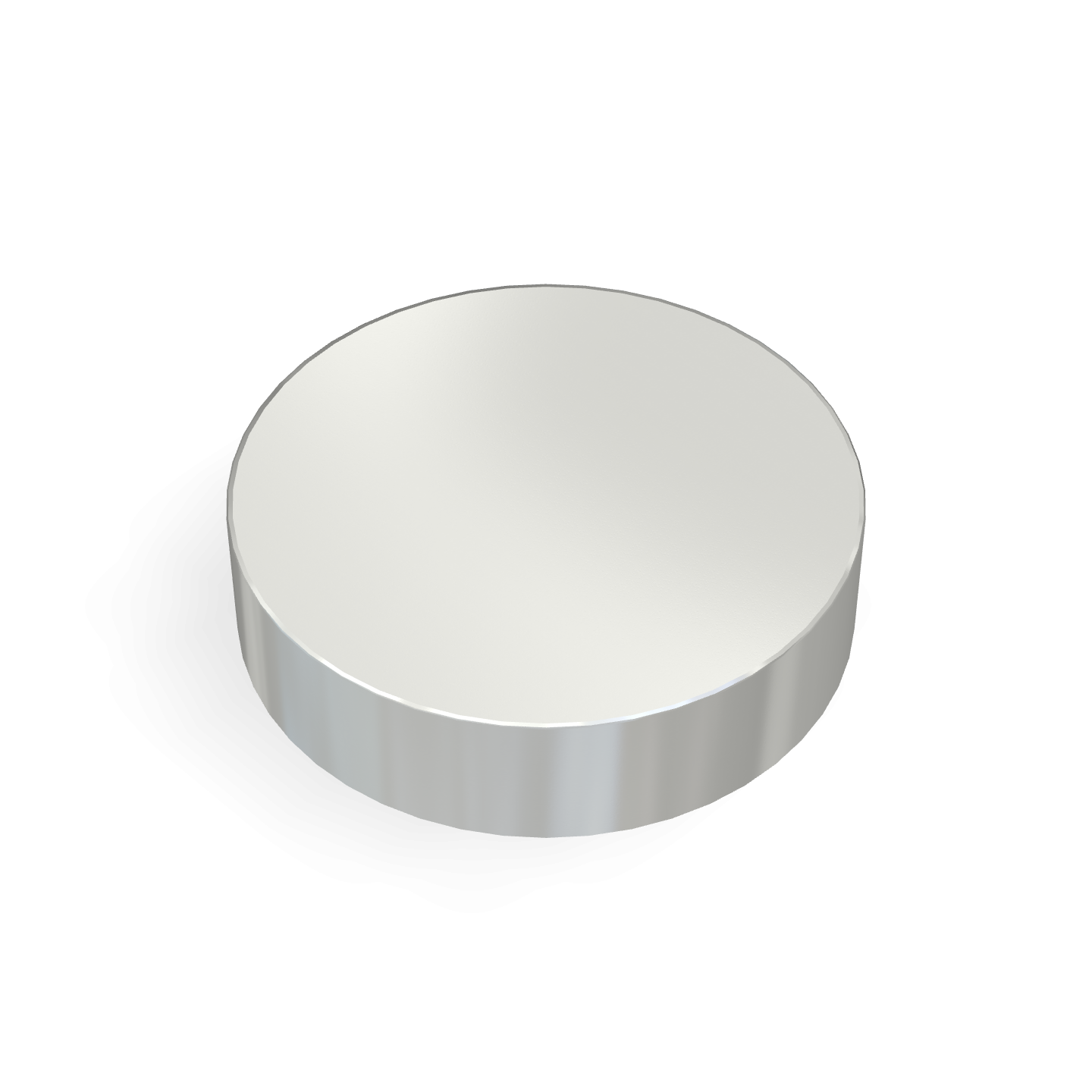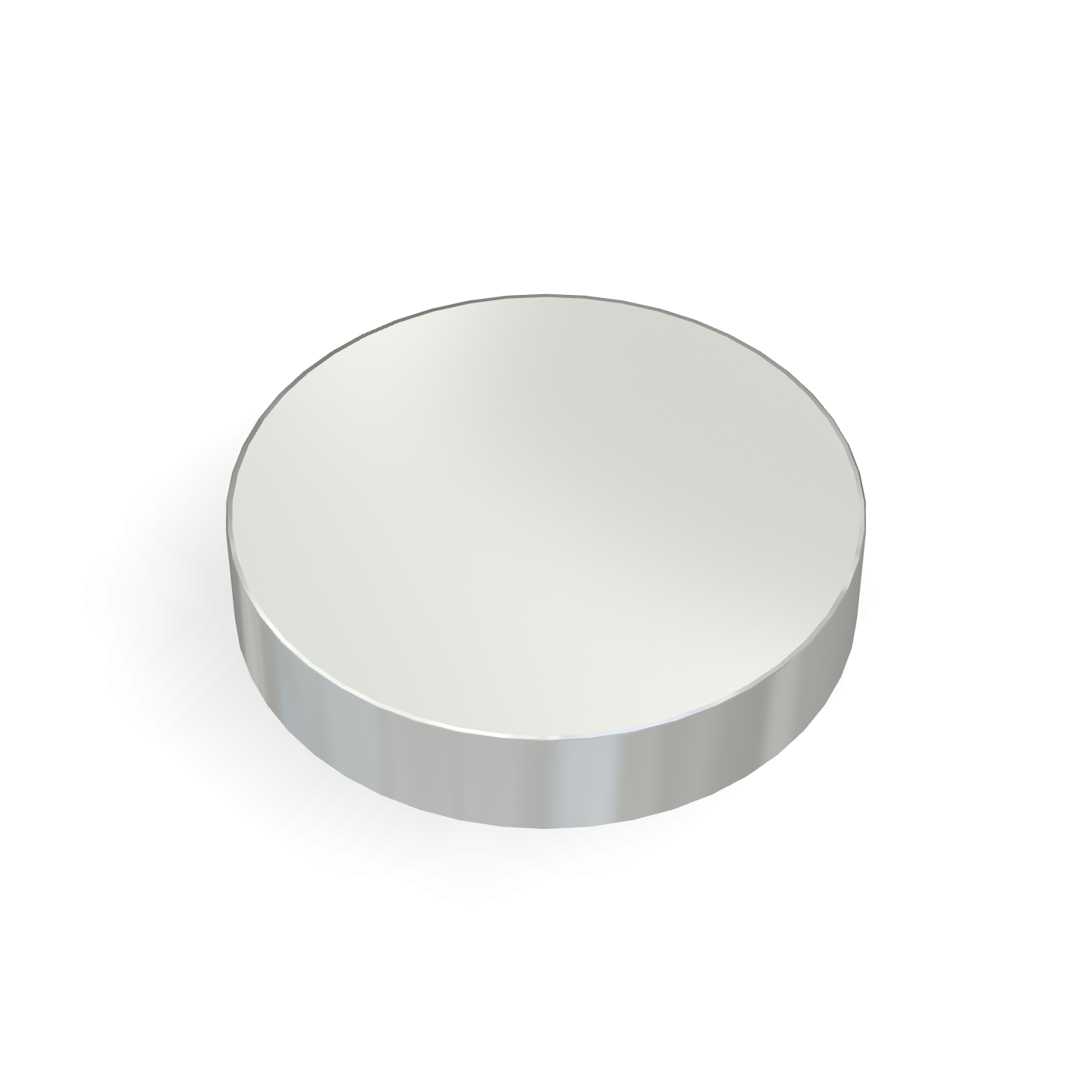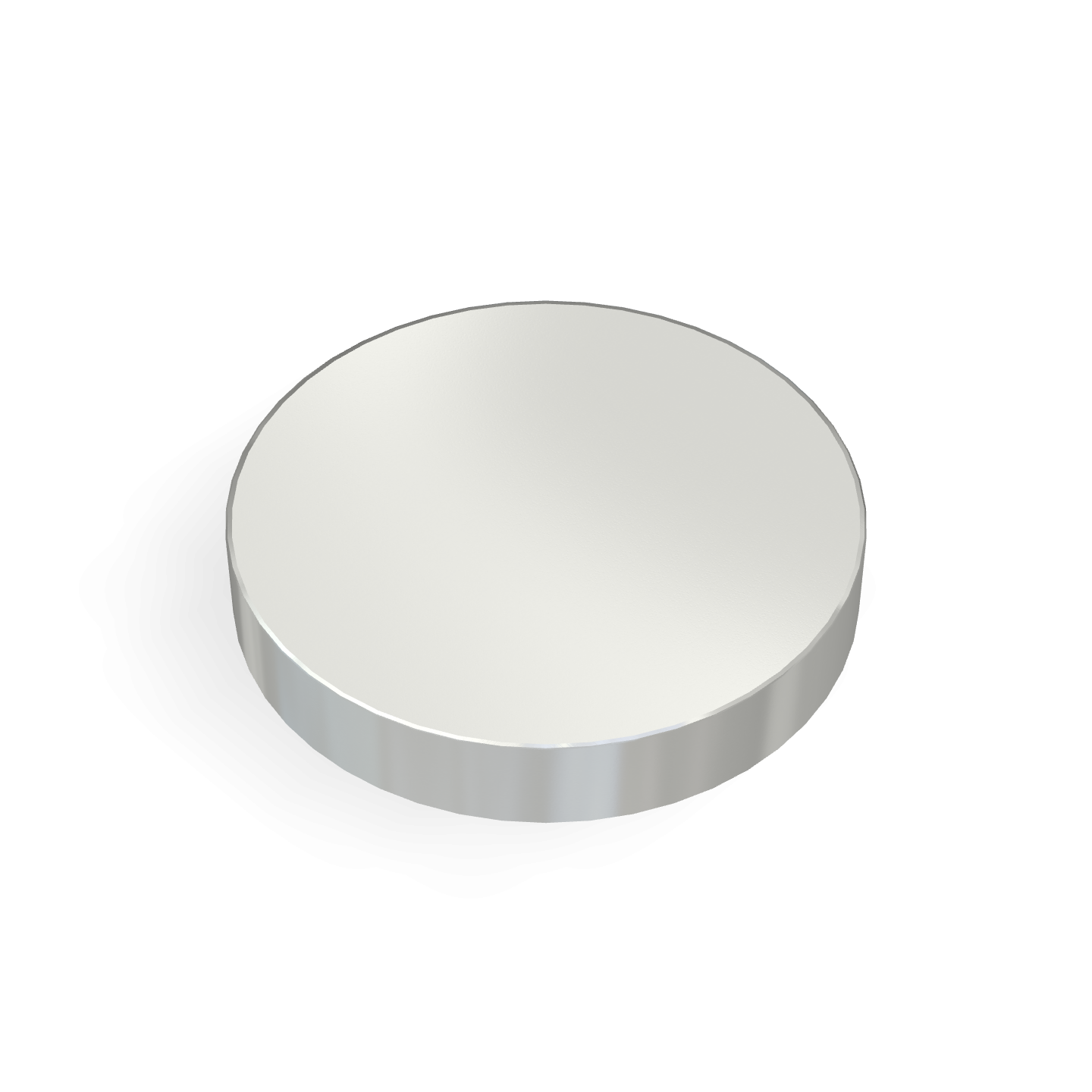Who Discovered Magnets? The Journey from Myth to Modern Marvel
Few things in the natural world have captured human curiosity quite like magnets. From their mysterious ability to pull iron to the revolutionary applications of neodymium magnets in industries today, magnets have been an essential part of human progress. But how were magnets discovered? And how did they become the cornerstone of modern industrial magnets in Canada? Let’s dive into the fascinating story behind their origins.
The Curious Case of Lodestone
The discovery of magnets didn’t happen in a lab or through a single “aha” moment—it all started with a natural mineral called lodestone. Lodestone, a naturally magnetized form of magnetite, was found thousands of years ago. The name "magnet" is believed to have come from Magnesia, a region in ancient Greece where lodestone was first identified.
According to legend, a shepherd in Magnesia noticed his iron-tipped staff being pulled toward the ground by an invisible force. While this story is likely more myth than fact, it illustrates the awe magnets inspired in ancient societies. What began as an enigma became the subject of study for civilizations across the globe.
Magnets Across Cultures
The Greeks weren’t the only ones captivated by magnets. Ancient Chinese civilizations were also early adopters of magnetic properties. The Chinese were among the first to harness lodestone for navigation, creating rudimentary compasses long before modern GPS. These tools were primarily used to align structures and, later, for seafaring purposes.
By the Middle Ages, magnets had piqued the interest of European scholars. In 1269, Frenchman Petrus Peregrinus authored a detailed treatise on magnets, introducing concepts like magnetic poles. This marked a turning point in understanding magnets as more than just natural curiosities.
Modern Magnetism: From Discovery to Industry
The real scientific breakthrough came in the 17th century when William Gilbert, an English scientist, published his groundbreaking work, De Magnete. Gilbert discovered that the Earth itself behaves like a giant magnet, a revelation that laid the foundation for modern magnetism. Fast forward to today, and magnets have evolved far beyond lodestone.
Modern industrial magnets, such as the powerful neodymium magnets supplied by Magfine Canada, are engineered for precision and performance. Unlike natural magnets, these are created using advanced materials like rare-earth metals, making them ideal for high-demand applications. Whether it’s powering wind turbines, enabling electric vehicles, or supporting cutting-edge medical devices, industrial magnets are indispensable to innovation.
The Role of Magnets in Canada
Canada’s industrial landscape relies heavily on magnets for numerous applications. From automotive manufacturing to renewable energy projects, magnets help drive progress across the nation. And as businesses push toward greener technologies, the demand for reliable, high-performance magnets continues to rise.
That’s where Magfine Canada comes in. With a reputation for quality and reliability, Magfine supplies neodymium magnets tailored to meet the unique needs of Canadian industries. Whether you’re sourcing magnets for a large-scale project or seeking customized solutions, Magfine is a trusted partner in innovation.
Looking Ahead
As we move deeper into the 21st century, the role of magnets in shaping our future cannot be overstated. From enabling renewable energy solutions to driving advancements in robotics and electronics, magnets will continue to be at the forefront of technological progress. Magfine Canada is proud to contribute to this journey by providing magnets that combine strength, efficiency, and affordability.
Q&A: Answering Your Magnet Questions
1. Who first discovered magnets?
Magnets were first discovered in ancient Greece when natural magnetic rocks, known as lodestone, were found in Magnesia. The Chinese also independently discovered lodestone and used it for navigation.
2. What are industrial magnets?
Industrial magnets are specially engineered magnets used in applications like manufacturing, electronics, and renewable energy. Neodymium magnets are a popular choice for their strength and versatility.
3. How are magnets used in Canada?
Magnets in Canada are used across industries such as automotive, energy, and medical fields. Businesses rely on high-quality magnets like those offered by Magfine Canada for their projects.
4. Why choose Magfine for neodymium magnets?
Magfine Canada provides premium neodymium magnets designed for durability and efficiency. Our products meet the highest industry standards, ensuring reliable performance for any application.


